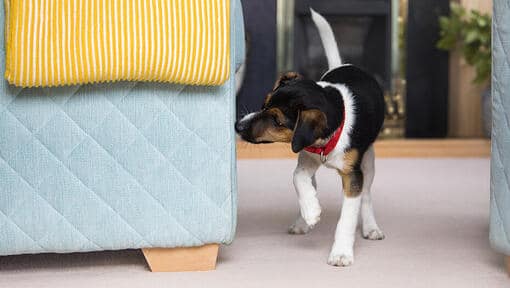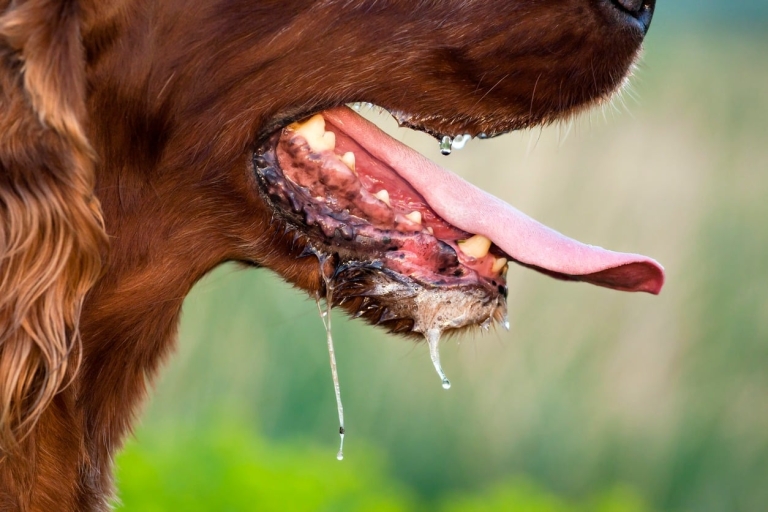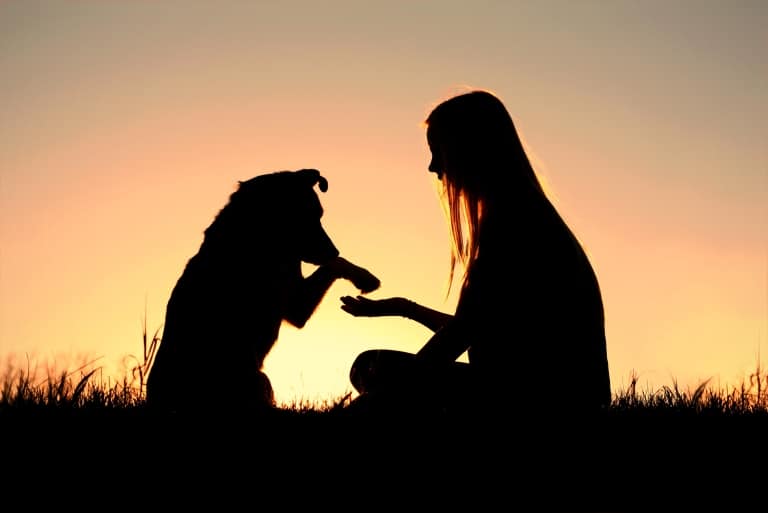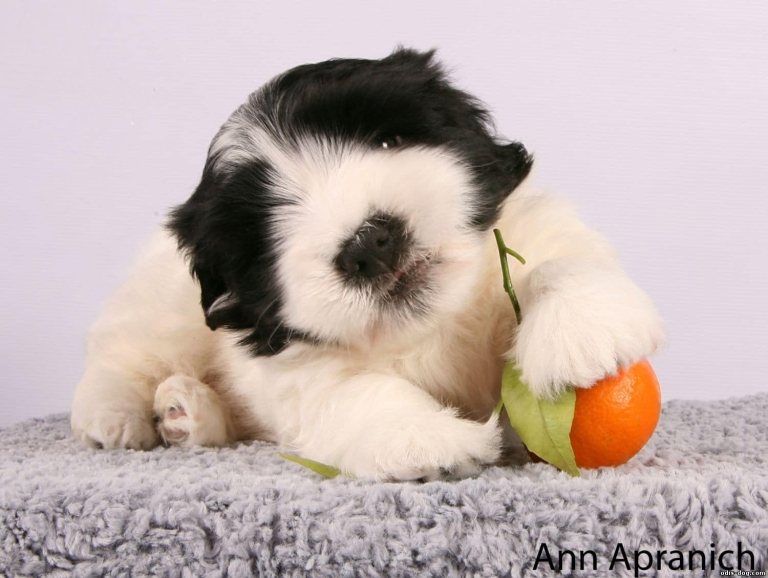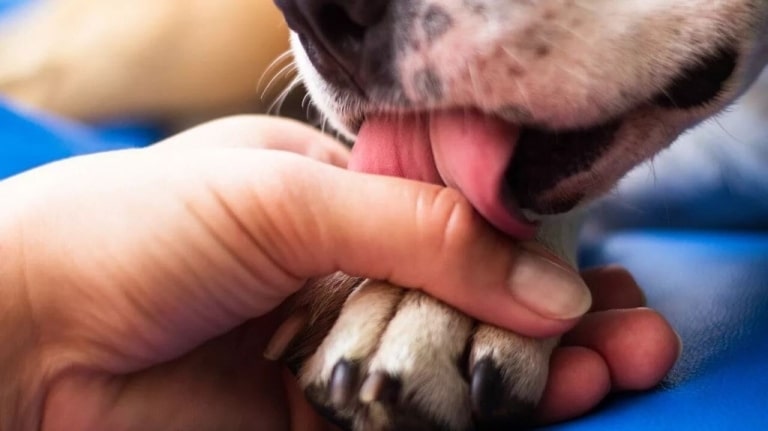Every dog owner at least once faced a situation when a pet leaves “unpleasant surprises” on the floor. This can be a source of stress for both the owner and the animal itself. Regardless of age and breed, the problem of defecating at home needs an immediate solution. It is important to understand the reasons for this behavior and determine how to correct it. After all, only a comprehensive approach will help you achieve success.
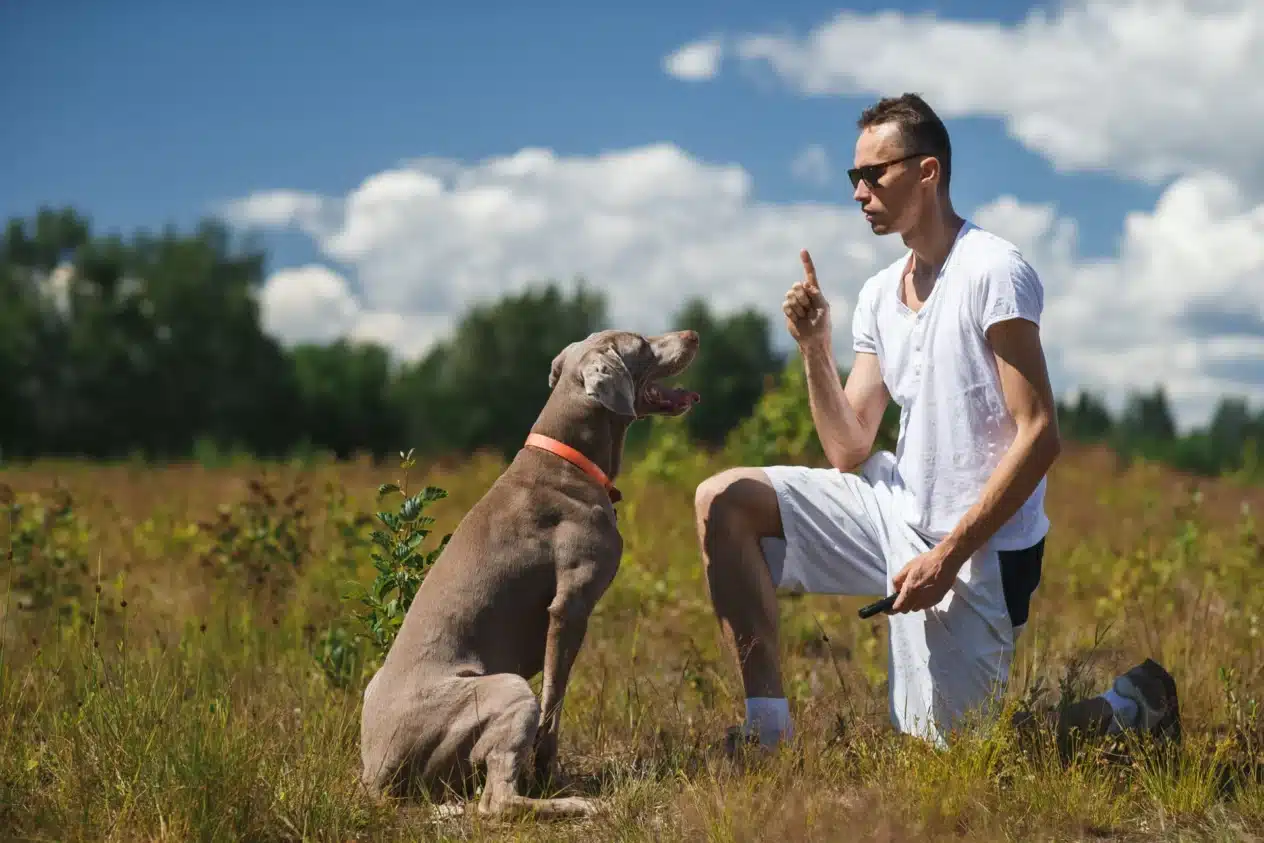
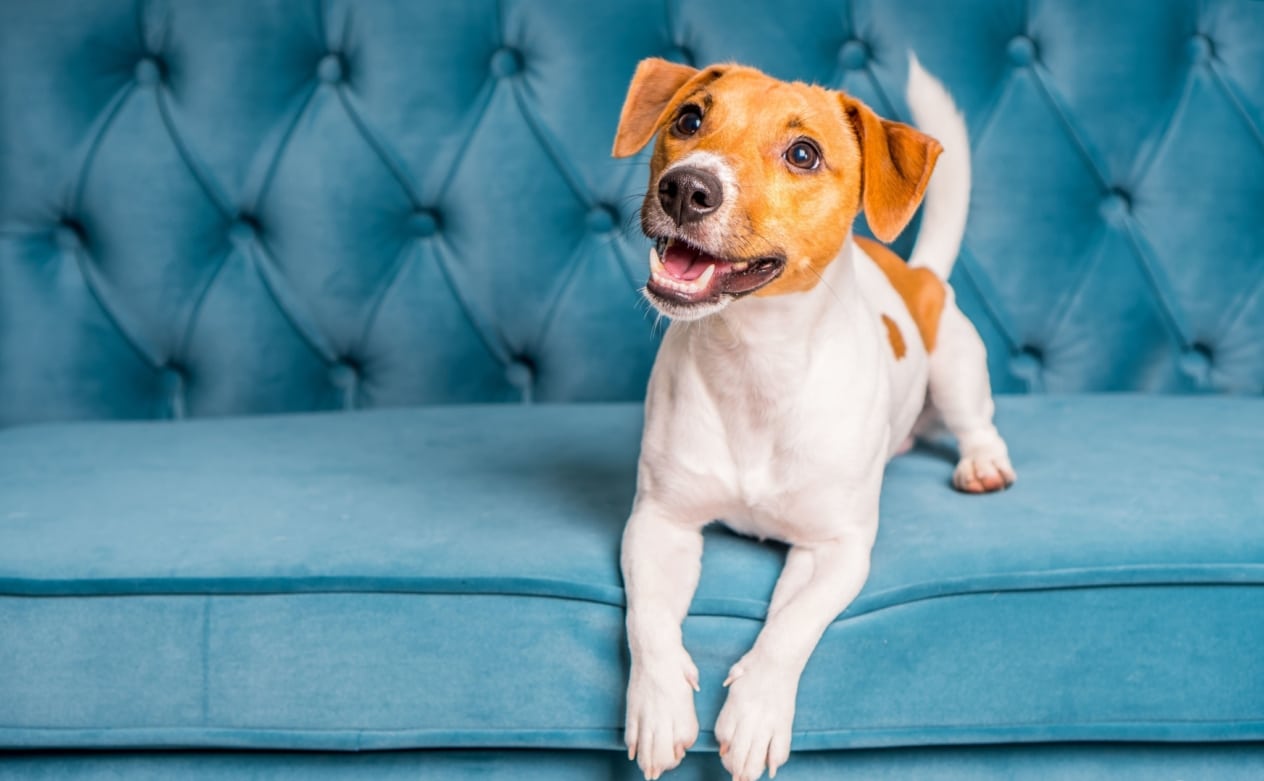
Reasons why a dog defecates at home
Why can a dog mark the territory at home
Not enough walks
One of the most common reasons is insufficient number or duration of walks. Dogs need regular access to the outdoors in order to fulfill their natural needs. If your Poodle doesn’t have the opportunity to walk enough, he will look for an alternative in the house.
Stress or fear
Stressful situations can significantly affect a dog’s behavior. Moving, loud noises, a change of environment or even the appearance of new family members — all this can cause anxiety in the animal. In such cases, the dog may involuntarily defecate in the house due to nervous tension.
Health problems
Diseases of the genitourinary system, such as bladder infections, can cause frequent urination, and the dog simply does not have time to go to the dog toilet outside. If you notice changes in behavior, sudden or unusual defecation at home, you should contact your veterinarian for an examination.
Insufficient attention or poor discipline
If a dog doesn’t get enough attention or encouragement for good behavior, it can lose its understanding of where to relieve itself. Constant communication with animals and proper training is the key to raising a disciplined pet.
Lack of learning skills from childhood
If a dog has not been trained to defecate outside or on a diaper since childhood, it may be more difficult to train it as an adult. Puppies need gradual adaptation to the regime of walks and praise for correct behavior.
Readiness for reproduction
When a dog reaches sexual maturity, marking may be associated with readiness to breed. This is especially true of males, who may leave marks to mark their presence and attract the attention of females.
Territorial behavior
Dogs instinctively defend their territory, and marking can be a way to show that this is their place. This is especially true if there are other animals in the house or the dog feels threatened by external factors.
A sense of competition with other animals
If there are other animals living in the house, the dog may start marking the territory to show its dominance or to feel confident in its own status. It can also be a response to the scents of other animals that may trigger a desire to leave their mark.
Fear or insecurity in one’s own territory
If the dog does not feel safe or has fears, it may start to mark the territory as a way to calm down. This is a kind of self-affirmation within one’s comfort zone.
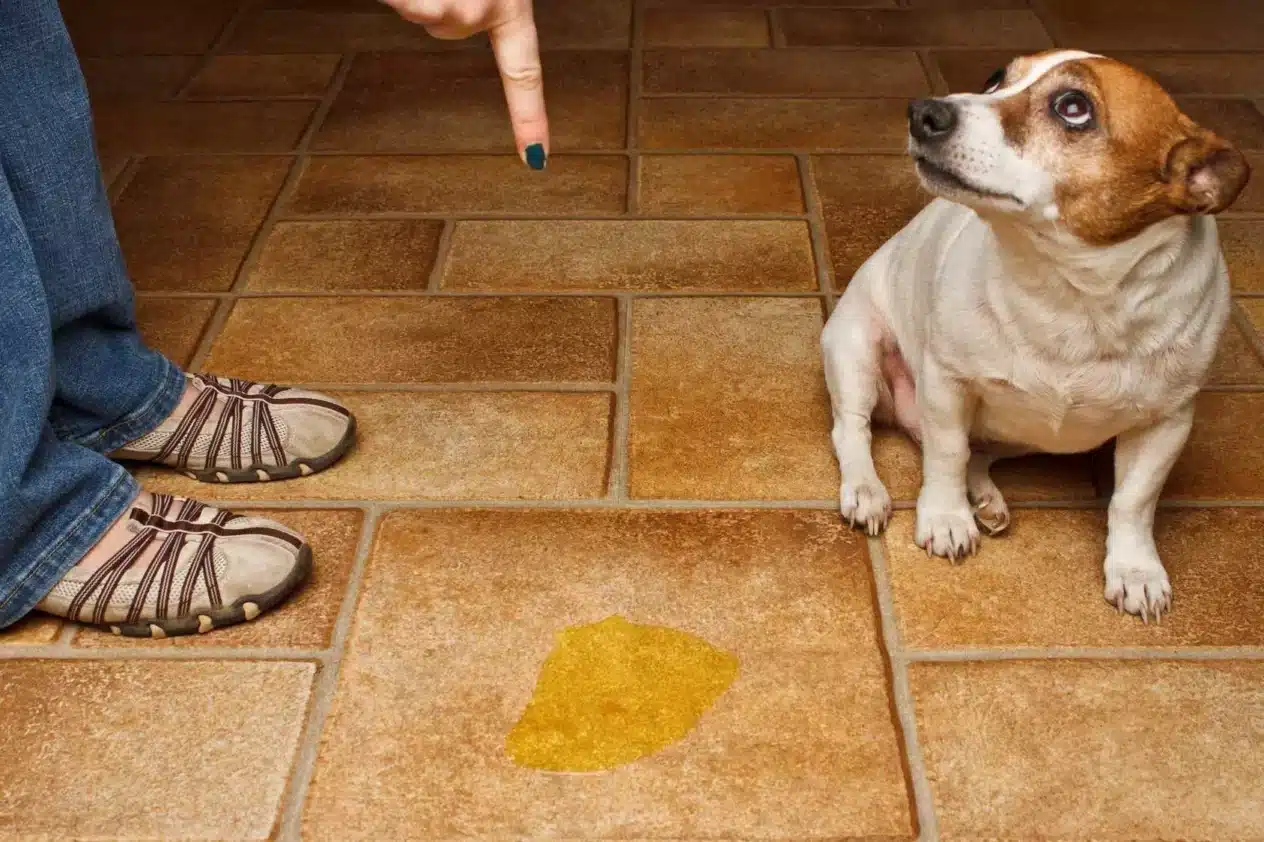
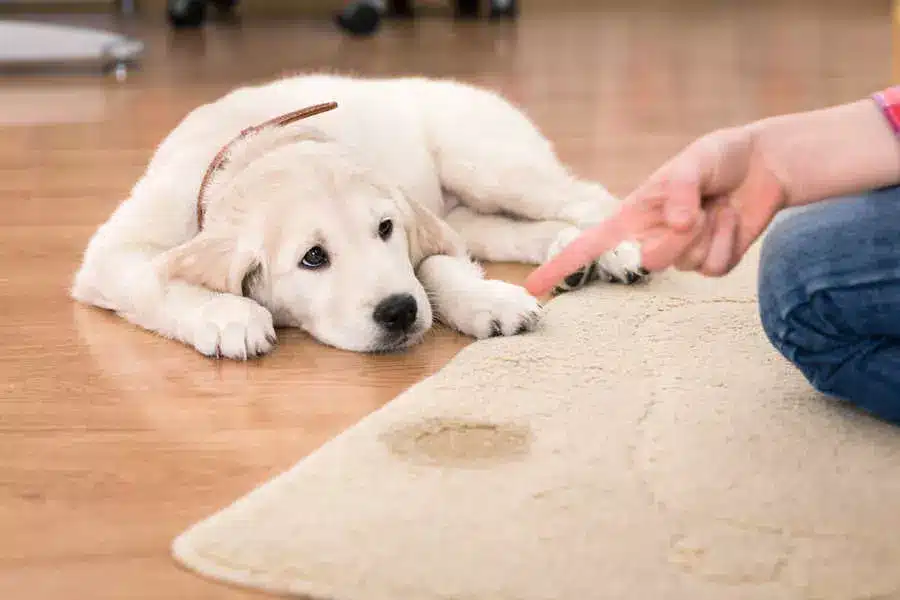
How to train a dog to diaper: tips and methods
The problem of how to teach a dog to go to the toilet can be solved if you approach the issue patiently and consistently. Below are some effective methods that will help correct the behavior of your pet.
Regular walks and physical activity
Dogs need not only regular outings to meet their natural needs, but also enough physical activity. Without walks and opportunities to explore new smells and areas, they may start to misbehave at home. Remember: an active dog is a happy dog, and it’s much easier for him to control his physiological needs if he gets regular walks.
Use of incentives for correct behavior
When your dog does everything right, be sure to praise him. Using positive reinforcement, such as treats or praise, will help the dog learn that defecating outside or in a designated area is a desired behavior. A positive reaction from the owner is the best motivation for your pet.
Correction of stress and anxiety
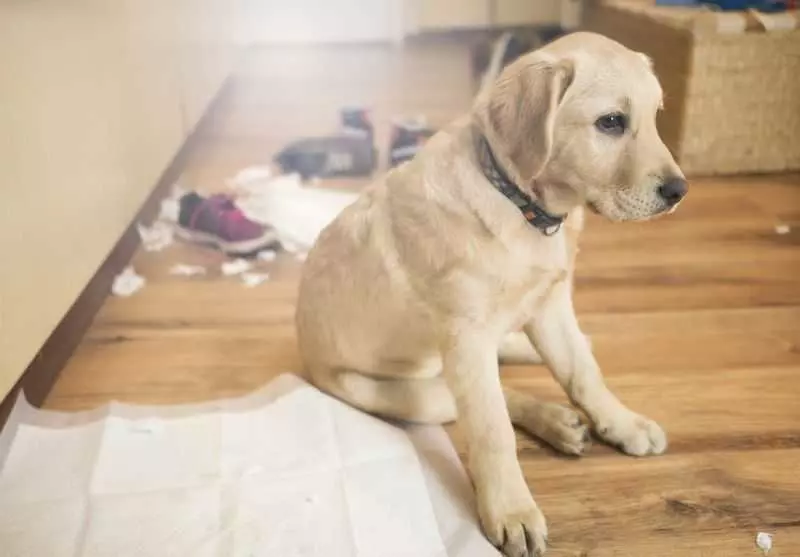
If stress is the cause of defecating, help your dog feel more relaxed. This can be providing a calm environment at home, avoiding sudden changes, or using special anti-stress medications recommended by a veterinarian. Sometimes small changes in the daily routine or more attention to the animal help to significantly improve the situation.
Special means for cleaning marking areas
The smell is the main signal for the dog that this place can be used to relieve itself again. Use special odor removers where the dog poops and urinates, which remove not only stains, but also traces of urine or excrement odors. This will help to avoid repeated incidents in the same places.
Using barriers or closing access to your favorite tagging locations
If your dog has favorite places where he constantly marks his territory, limit his access to those areas. Barriers, fences or simply closed doors will help wean the animal from a bad habit.
Observation and timely correction of behavior
Keep an eye on your dog to correct his behavior in a timely manner. If you notice that the dog is going to do something wrong, immediately take him outside or to a place where he needs to relieve himself. The main thing here is to act quickly and decisively, not giving the dog a chance to make a mistake.
How to train a puppy to a tray or a diaper
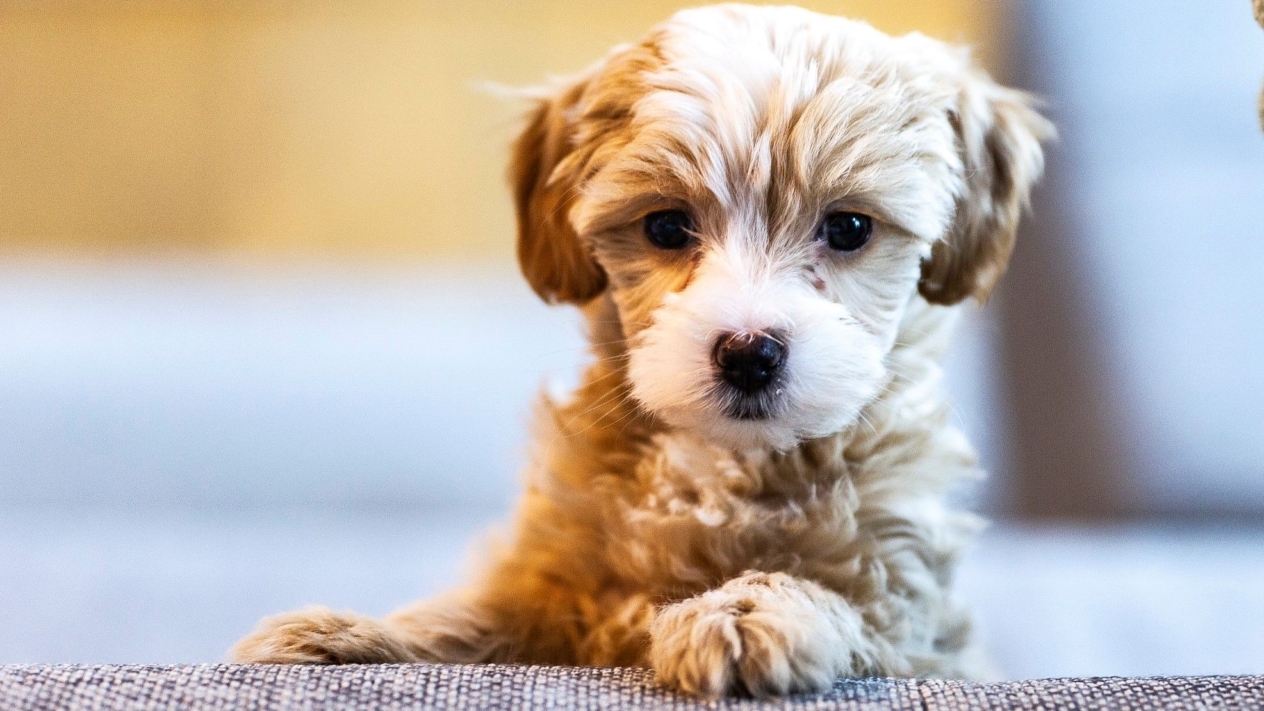
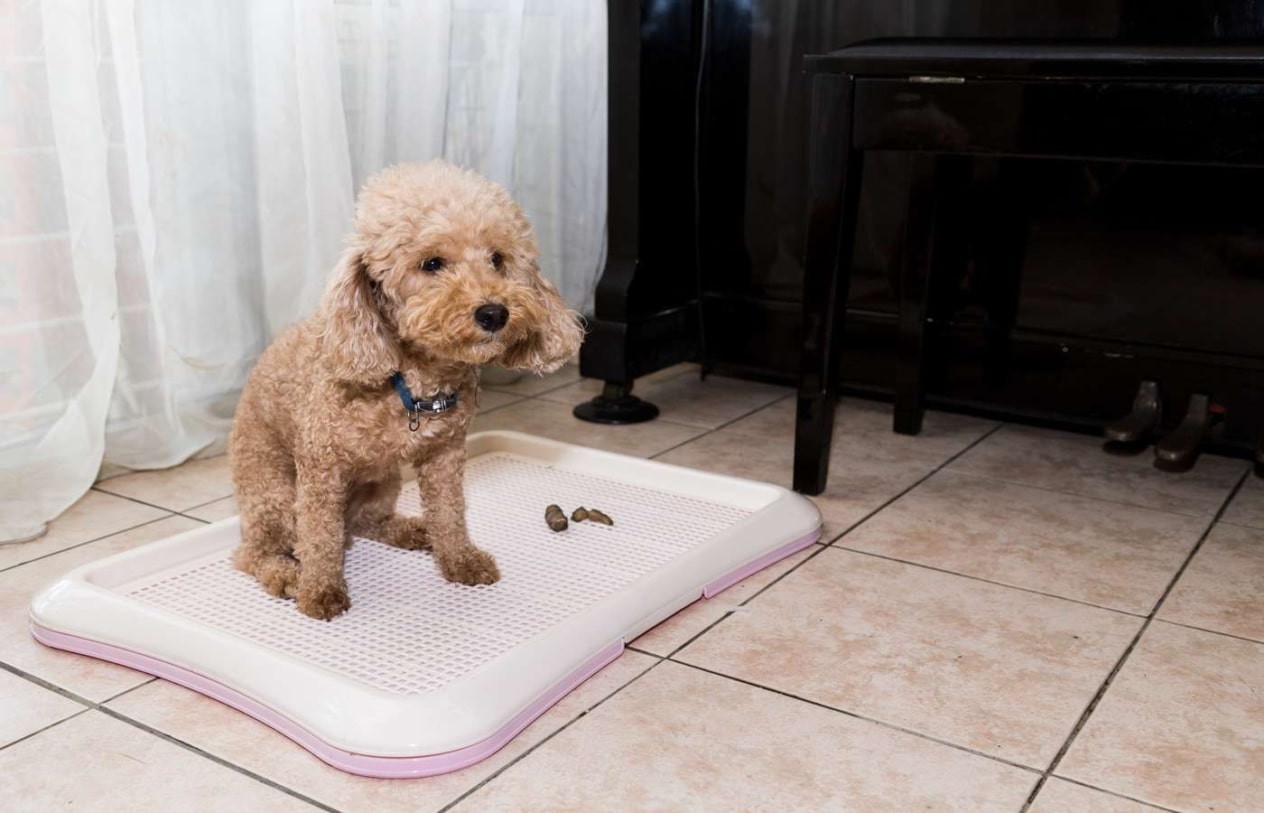
Training a puppy to use a litter box or diaper is a process that requires patience and consistency, but it can be made easier if you follow a few simple tips.
Choosing the right place for the litter box or diaper: Choose a calm, quiet place in the house where the puppy will feel comfortable. It should be an area where there are not a lot of people or noise, so that the animal is not distracted during its activities.
Gradual training through encouragement: As with adult dogs, use positive reinforcement. Every time the puppy uses the tray or diaper, be sure to praise him or give him a treat. This will help the little pet to quickly understand where to relieve himself.
Regular feeding and walking schedule: A clear feeding and walking schedule will help establish habits in the puppy. If you feed him at the same time each day, it will make it easier to predict when he will need to relieve himself. In this way, you will be able to better control the situation.
Conclusion

Training a dog to properly relieve needs patience, time and consistency. It is important to remain calm and give clear signals to the dog that the correct behavior will be rewarded. Do not rush or punish your pet for mistakes, as this can only exacerbate the problem. Focus on maintaining a healthy environment and regular walks, and your dog will quickly learn good behavior.


